
Hertha Hanson’s painting comes to me as both sensory and corporeal memories. The vertical surfaces of paint move within the frame of the canvas. My own movement, both physical and mental, becomes part of the process. A shift in my gaze or body movement changes the event radically. Both the painting’s material constitution and energy, as well as my own associations and thoughts, affect how the colour surfaces are activated, and in which sequence.
Blueish black density falls down from the right part of the top edge of the canvas. In me, it becomes a huge sky, like the one I was afraid of as a child on evening walks home from my grandmother’s in my home village in Norrbotten. I’m absorbed into the infinite space. In the gap, the sound of the northern lights rustle.
I’m spit back out again and face the painting’s tangible materiality, its process and the two different widths of the spreader which Hanson used to apply the paint. Lichen yellow on granite presses on from behind at the bottom. Zinc density blue joins the black, as tactile as textile, reminding me of that 1980s coat. The tongue becomes my instrument for the vanilla ice cream surface that floats at the top, closest to me.
Yes, that’s it. Hansons’s painting reminds me of something. And what that something is varies. Perhaps it’s just a feeling, the meaning of which shifts, surfaces, and disappears. I come to think of Roland Barthes’s Mourning Dairy (2010) entry of 10 November: “Struck by the abstract nature of absence; yet it’s so painful, lacerating. Which allows me to understand abstraction better: it is absence and pain, the pain of absence – perhaps therefore love?
In Japanese archery, the shooter hits the bullseye within themselves before the arrow is set in motion. I imagine that the performative aspect of Hanson’s painting functions in a similar way. Only once a colour is formulated does she interact with the canvas. Whereas Mark Rothko’s surfaces feel like they have emerged, rubbed out by soft brushes from the depths of the canvas, Hanson applies the paint with the relentless pressure of the spreader’s sharp metal blades. Firmly, she attaches the paint to the elastic textile of the canvas.
I have a strong desire to stay, yet I want to avoid doubting and redefining myself. It makes me resist, yet I don’t want to let go. The painting looks back at me; I am enveloped in its energy and elusive movement. I realise that its verbs are slide, fall, leaf, crack, press, hide, disappear, lick. It forces me out of my position. I long to stay in safety, in the absolute conviction that I see the whole image. Now I have it. It’s Mourning and Love.
– Birgitta Burling and Hertha Hanson are two Swedish painters from different generations. Burling was born in Morjärv, Norrbotten, in 1950, educated at the Royal Academy of Fine Arts in Stockholm and is currently visiting professor at Konstfack in Stockholm. Hanson was born in 1980 in Lund and educated at Malmö Art Academy. Her exhibition Nyårsnatt [New Year’s Night] is on view at Lidköping Art Gallery until 10 April.
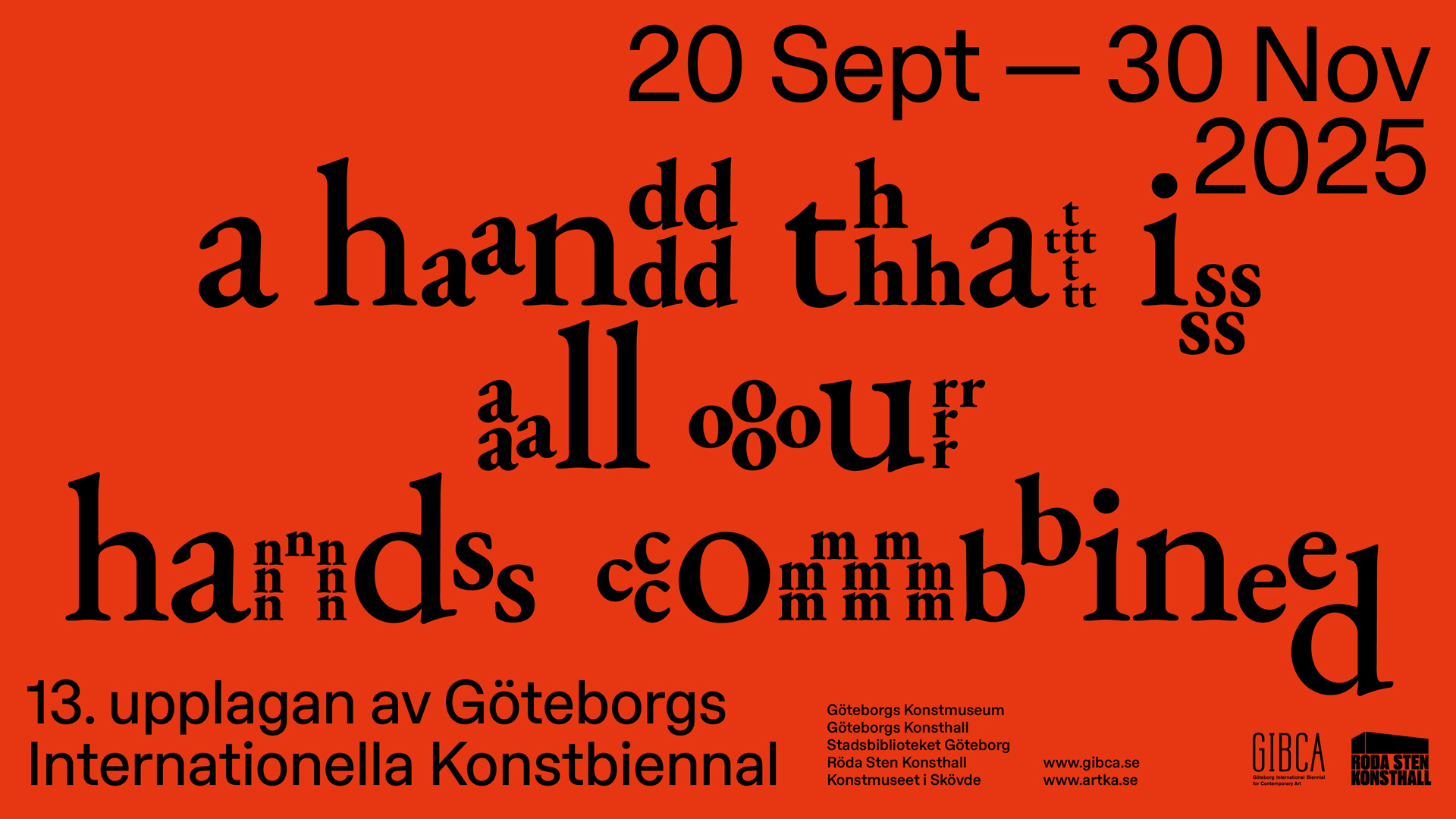


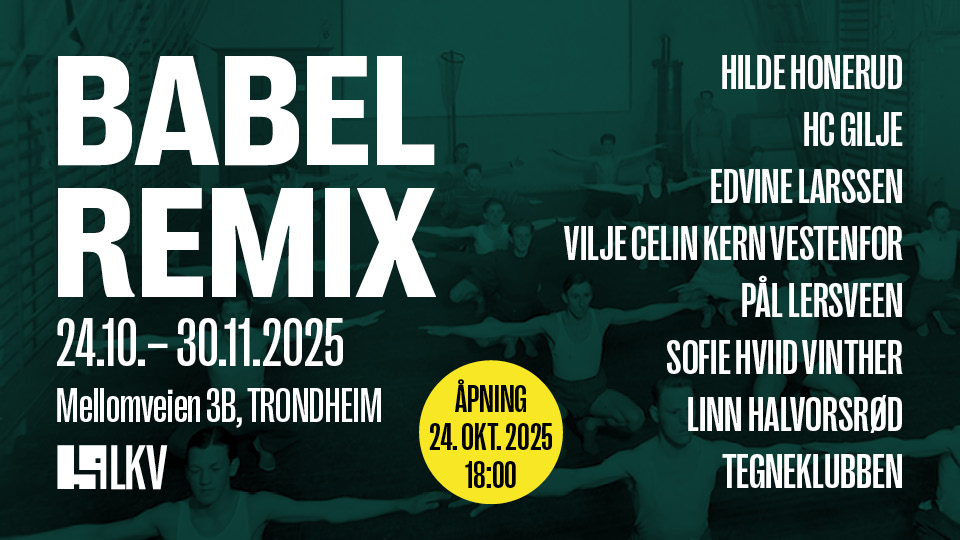
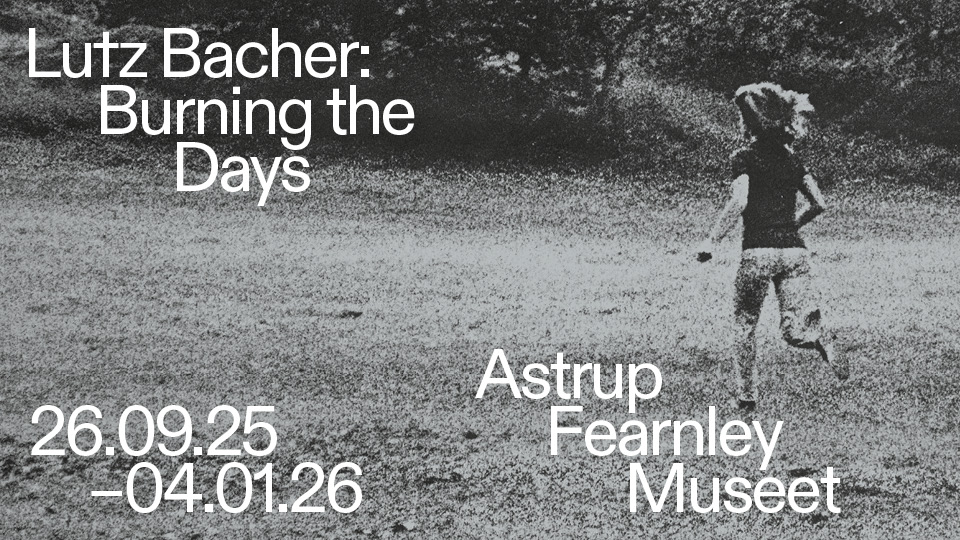
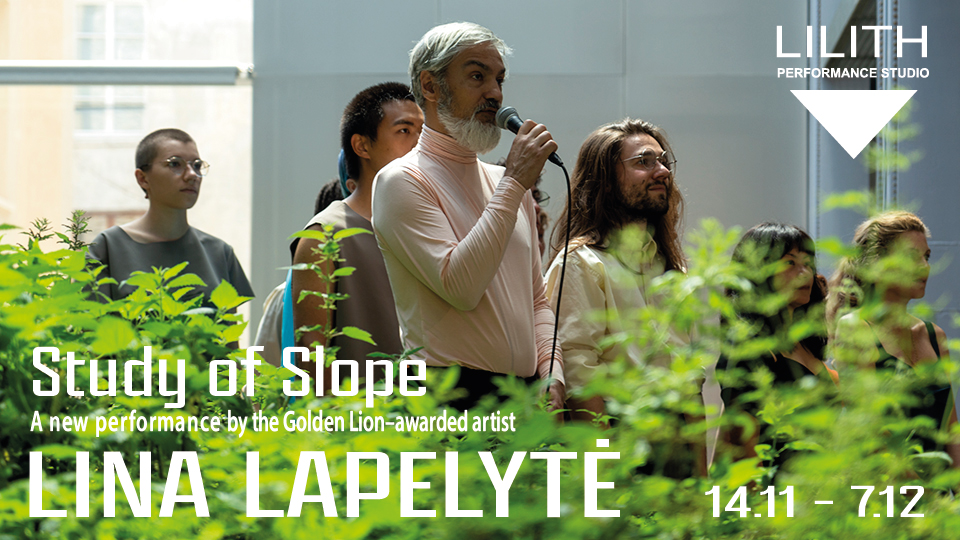
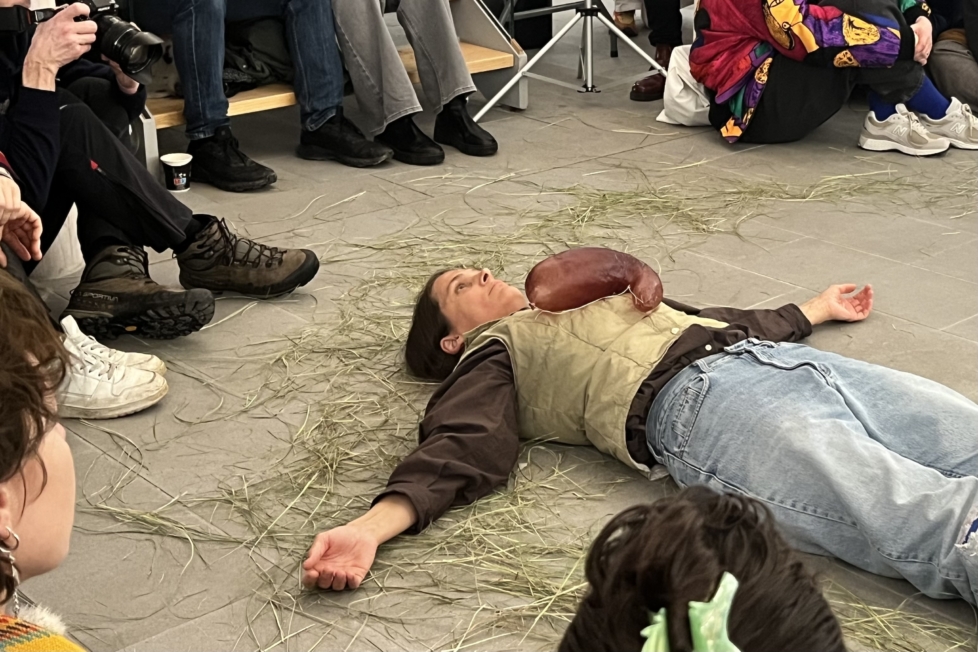
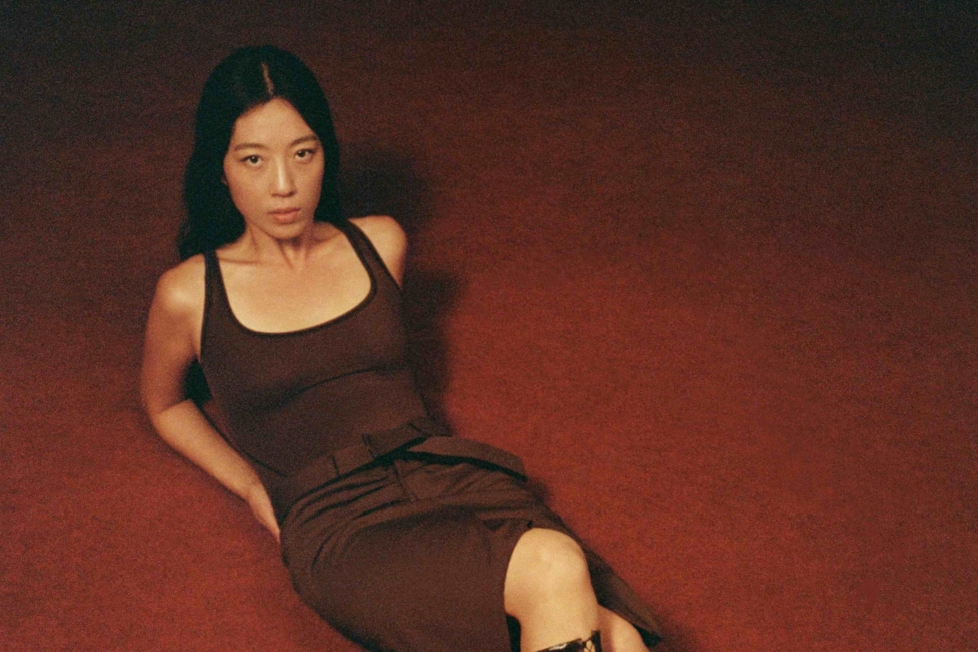

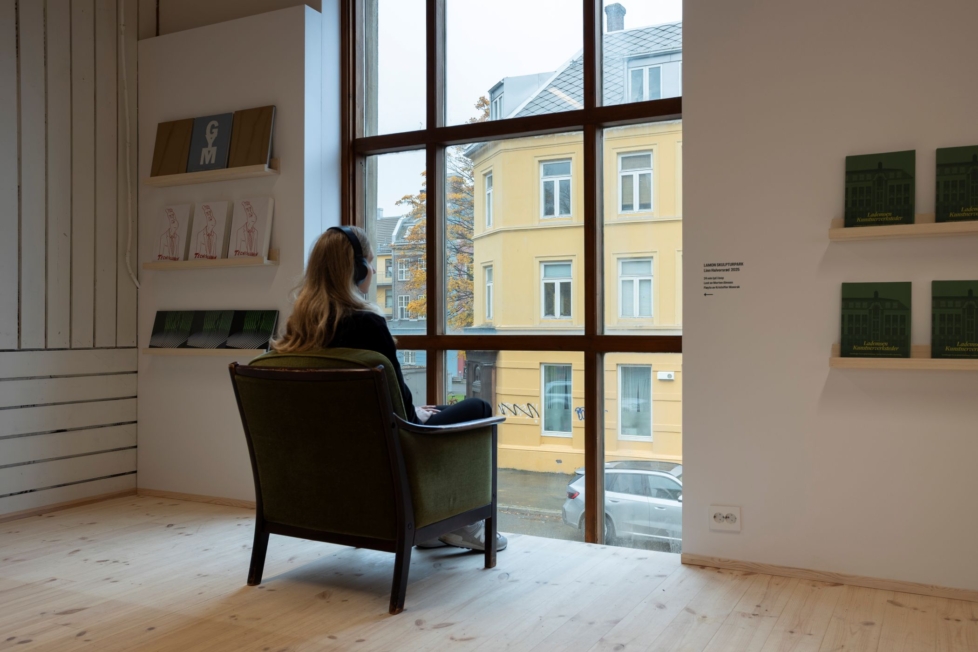
Diskussion